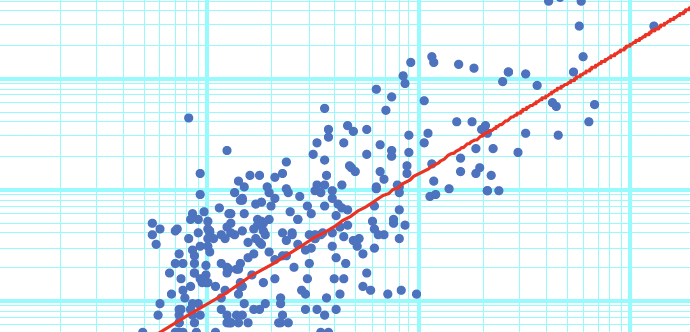On the Spatial Structure of the Covid-19 Pandemic
Some Scale and Density Effects
+ Shlomo (Solly) Angel
The key finding reported here is that when we account for difference in city populations, average population density does not affect the number of Covid-19 cases and deaths in cities. On the contrary, in two cities with the same population, the city with the higher average population density can be expected to have less, not more, confirmed cases and deaths from the Covid-19 pandemic. Data on the total number of confirmed Covid-19 cases and deaths in U.S. metropolitan statistical areas (MSAs) on 7 June 2020 shows a superlinear relationship with their populations. Namely, a city with double the population of another one can be expected to have more than double the number of cases and deaths. This relationship is shown to hold in the case of the Covid-19 pandemic. We also know that larger cities have higher population densities, namely that average population density in cities is superlinear as well: A city with double the population of another one can be expected to have a density that is some 15% higher than the smaller one. Multiple regression models that use Covid-19 cases and death as dependent variables and metropolitan population an density as independent ones show a positive and significant effect of population and a negative and significant effect of density. Namely, when we account for the population effect on both cases and deaths and population density, the density effect becomes negative. This is important because there is an unfortunate tendency to ‘blame’ high urban densities on for the spread of the pandemic.


